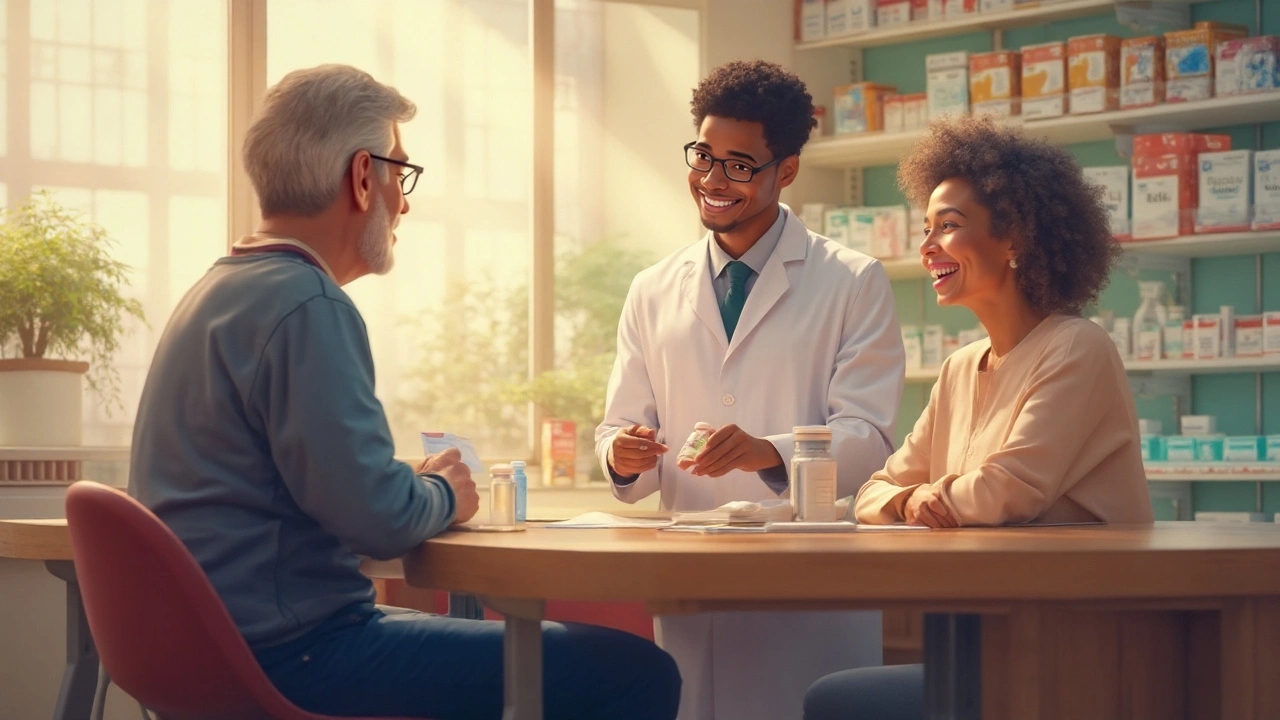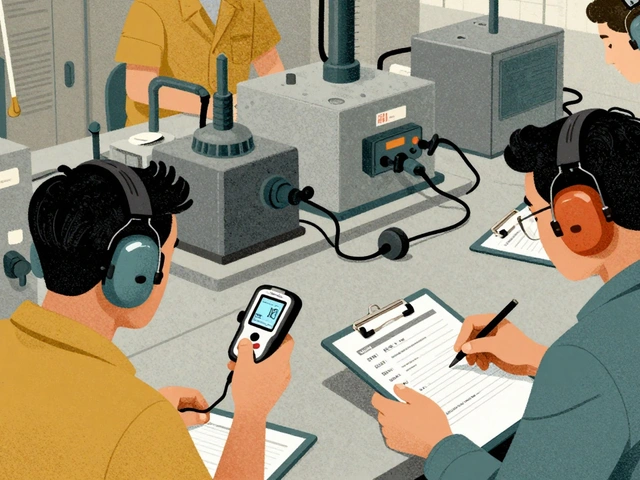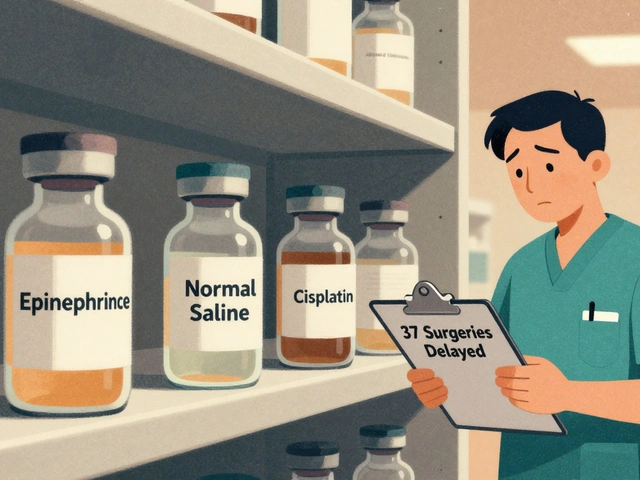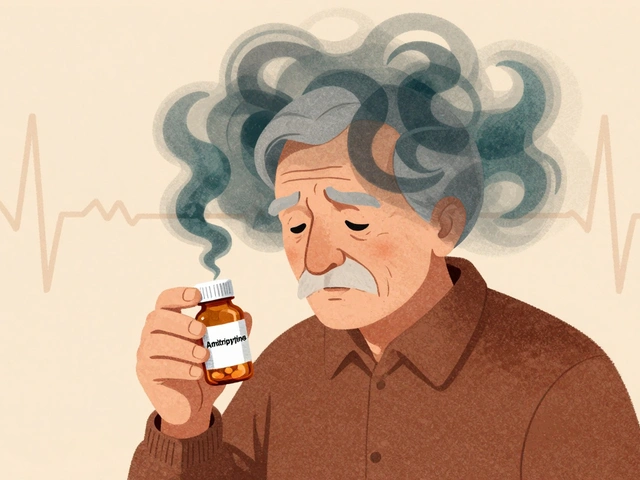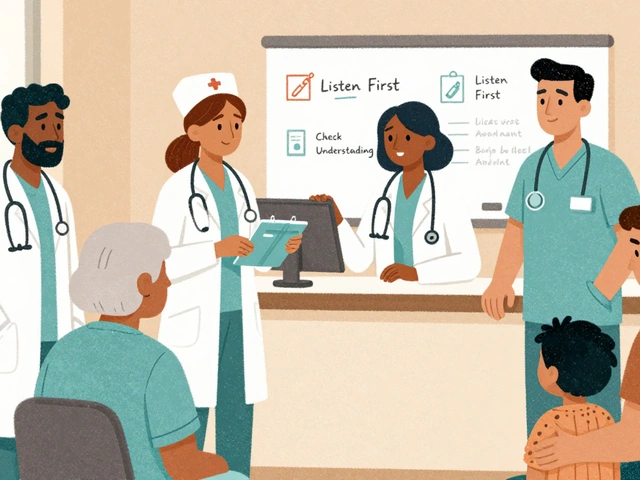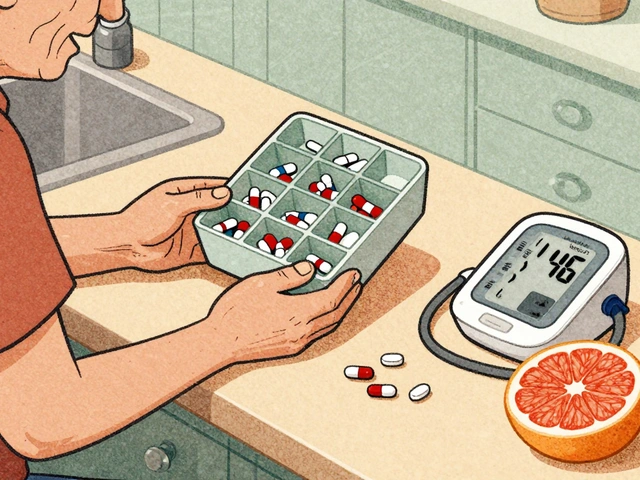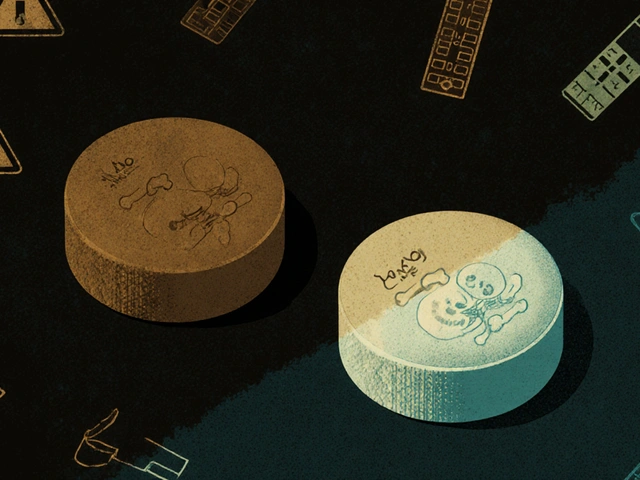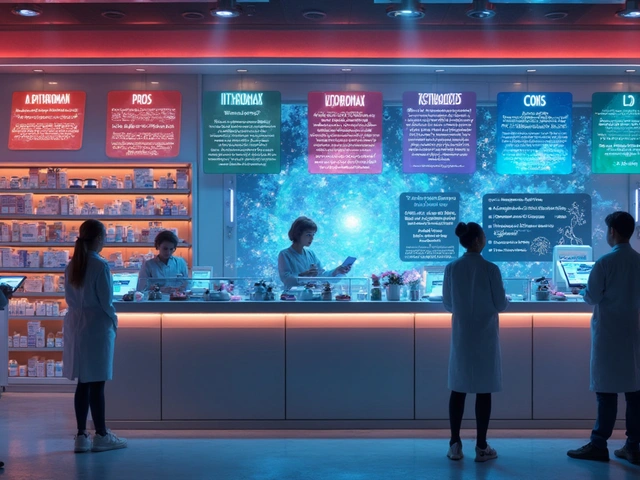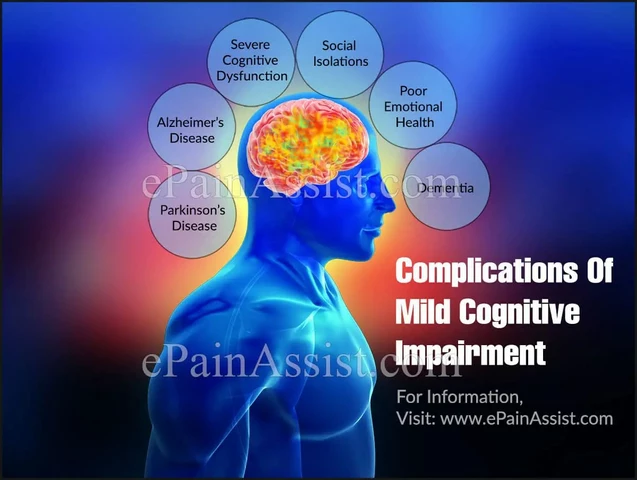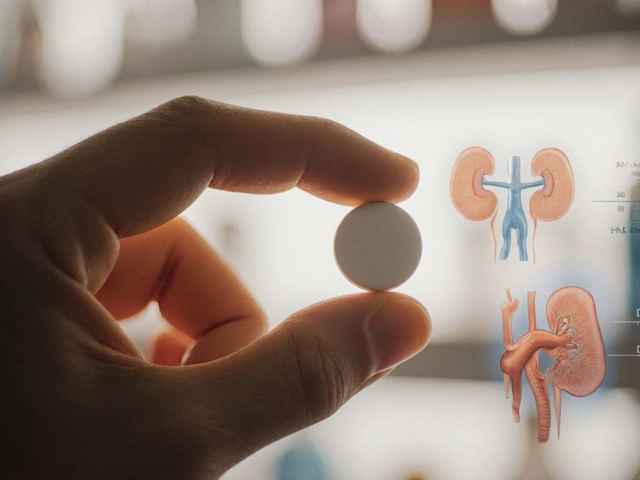Depression Medication: Your Quick‑Start Guide
If you or someone you know has been told you’re dealing with depression, the first thing that pops up is usually a pill bottle. Antidepressants can feel confusing, but they’re just one piece of a bigger recovery puzzle. Below you’ll find the most common drug families, what to expect, and simple safety tips for buying or refilling them online.
Common Types of Antidepressants
Most doctors start with a class called SSRIs – selective serotonin reuptake inhibitors. They include well‑known names like fluoxetine (Prozac) and sertraline (Zoloft). SSRIs boost serotonin levels, which helps lift mood and ease anxiety. Side effects are usually mild: a little nausea, headache, or dry mouth that fades after a week or two.
Another popular group is SNRIs – serotonin‑norepinephrine reuptake inhibitors. Think venlafaxine (Effexor) or duloxetine (Cymbalta). They target two brain chemicals, so they can help when pain or fatigue comes along with low mood. Watch for a slightly higher chance of blood‑pressure changes, especially if you have a heart condition.
For people who don’t respond to SSRIs or SNRIs, doctors may try atypical antidepressants like bupropion (Wellbutrin) or mirtazapine (Remeron). Bupropion is also used for smoking cessation and is less likely to cause sexual side effects. Mirtazapine, on the other hand, often makes you sleepy, which can be a plus if insomnia is part of your depression.
Tricyclic antidepressants (TCAs) and monoamine oxidase inhibitors (MAOIs) are older options. They work well for some, but they require more monitoring because of diet restrictions and heart‑related side effects. Most clinicians reserve them for cases where newer meds haven’t helped.
How to Use Depression Medication Safely
Start low, go slow. Your doctor will likely begin you on a low dose and increase it after a few weeks. This approach cuts down on side effects and helps you find the sweet spot where you feel better without feeling jittery.
Never stop a medication abruptly. Even if you feel great, tapering off slowly prevents withdrawal symptoms like dizziness, flu‑like feelings, or mood swings. Your doctor can give you a taper schedule that fits your timeline.
If you’re buying meds online, stick to reputable pharmacies that require a prescription. Look for sites that show a licensed pharmacist’s contact info, clear pricing, and secure checkout. Avoid any “no‑prescription needed” offers – they’re usually illegal and unsafe.
Keep a medication list handy. Write down the name, dose, and timing for each pill. Share this list with any new doctor or pharmacist, especially if you’re adding a supplement or trying a new over‑the‑counter product. Some vitamins, like St. John’s wort, can interfere with antidepressants and cause serotonin syndrome, a rare but serious condition.
Track how you feel. A simple journal – noting mood, sleep, appetite, and side effects – gives your prescriber concrete data for adjusting the dose. Most people notice a gradual lift in mood after 2‑4 weeks, but full benefits may take up to 8 weeks.
Finally, remember that medication is just one part of treatment. Counseling, regular exercise, and good sleep habits boost the drug’s effect. If you ever feel worsening depression or thoughts of self‑harm, call emergency services or a trusted mental‑health line right away.
Depression medication can feel like a maze, but with the right information and a cautious approach, you can navigate it safely and start feeling like yourself again.
